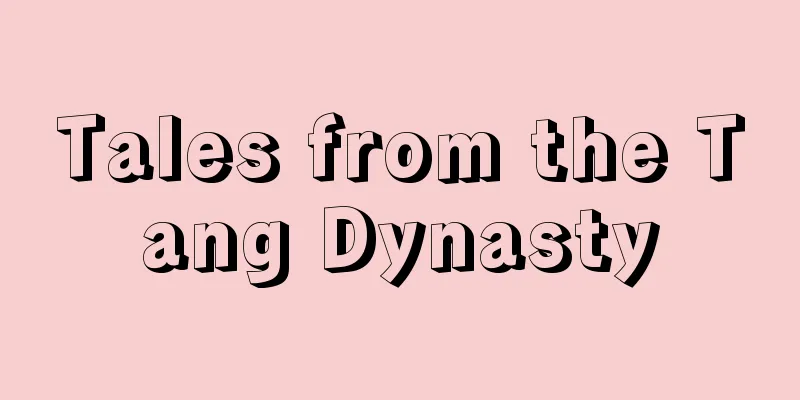Social Democratic Party of Austria (English spelling) Sozialdemokratische Partei Österreichs

|
One of the two major parties in Austria, along with the Austrian People's Party. Founded in 1889 by V. Adler. During the First Republic, it adopted a policy that aimed to be halfway between Bolshevism and reformism, and enjoyed overwhelming support in Vienna. Since 1920, it has been in sharp conflict with the Christian Social Party. In February 1934, it launched an armed uprising against the oppression of E. Dollfuss, who became Chancellor in 1933, but it was outlawed four days later and many of its leaders fled the country. After World War II, it changed its name to the Austrian Socialist Party. It became the second largest party in the general election of November 1945, and maintained a coalition government with the People's Party for a long time thereafter, but lost a majority to the People's Party in the general election of 1966 and became an opposition party. However, in the general election of March 1970, it became the largest party for the first time since the war, and established a single-party government with B. Kreisky as Prime Minister. The Kreisky government won an absolute majority in the general elections of 1971, 1975, and 1979, albeit by a small margin. It promoted an active neutral foreign policy. In the 1983 election, the party lost its majority and formed a coalition government with the third-largest party, the Liberal Party. In the 1986 election, Prime Minister Hanicki formed a grand coalition government with the People's Party for the first time in 17 years. In the 1990 general election, the party changed its name back to the Social Democratic Party and formed the Third Hanicki Cabinet. In the general elections of October 1994 and December 1995, the party maintained its position as the largest party and continued its grand coalition with the People's Party. However, in the 1996 European Parliament elections, it was defeated by the Liberal Party, and Prime Minister Hanicki resigned in January 1997, to be succeeded by Finance Minister V. Klima. Source: Encyclopaedia Britannica Concise Encyclopedia About Encyclopaedia Britannica Concise Encyclopedia Information |
|
オーストリア国民党と並ぶオーストリア二大政党の1つ。 1889年 V.アドラーによって創設された。第1共和国時代にはボルシェビズムと改良主義の中間を目指す政策をとり,ウィーンで圧倒的な支持を得ていた。 1920年以降キリスト教社会党と鋭く対立。 33年首相に就任した E.ドルフスの弾圧に抗し,34年2月に武装蜂起したが,4日後に非合法化され,指導者の多くは国外に逃れた。第2次世界大戦後,オーストリア社会党と名称を変更。 45年 11月の総選挙で第2党につき,以後国民党との連立政権を長く維持したが,66年の総選挙で国民党に過半数を奪われ野党になった。しかし 70年3月の総選挙で戦後初めて第1党となり,B.クライスキーを首相とする単独政権を樹立した。クライスキー政権は 71,75,79年の総選挙で小差ながら絶対多数を占めた。積極中立外交政策を推進。 83年選挙で過半数を割り,第3党である自由党と連合政権を形成した。 86年選挙ではフラニツキ首相が 17年ぶりに国民党との大連合政権を樹立。 90年総選挙から党名を社会民主党に戻し,第3次フラニツキ内閣を組閣。 94年 10月,95年 12月の総選挙でも第1党の地位を守り国民党との大連立を継続した。しかし,96年のヨーロッパ議会選挙では自由党に敗れ,97年1月フラニツキ首相が辞任,後任には V.クリマ蔵相が就任した。
出典 ブリタニカ国際大百科事典 小項目事典ブリタニカ国際大百科事典 小項目事典について 情報 |
<<: Austro-Turkish War - Austro-Turkish War
>>: War of Austrian Succession
Recommend
Suttner - Forever (English spelling) Bertha Felicie Sophie von Suttner
Austrian writer and pacifist. Born in Prague in t...
Swordtail - Swordtail
A group of arthropods that, together with the Eur...
Official - Yakunin
〘noun〙① A person with a role. A person who takes o...
Li Xiucheng
The supreme military commander of the late Taipin...
Woodcutter Competition - Woodcutter Competition
...Here, humans fight with bulls, but the bull-bu...
Jane Eyre
A novel by the British female writer Charlotte Bro...
Nanbu-so
This manor was located in the area of the curren...
Abnormal wave - Ijyouha
...The absorption of shortwave radio waves in the...
Four-horned antelope (English spelling)
A mammal of the Bovidae family in the order Artiod...
Filial piety star
Please see the "Parent Star" page. Sour...
Peronismo (English spelling)
An Argentine political movement named after its fo...
Daibosatsu Pass - Daibosatsu Pass
A pass on the border between Enzan City (now Koshu...
adenoid
What kind of disease is it? ●Main symptoms and pro...
Outside factory - Gaisho
…When Wang Zhi gained power during the Chenghua p...
Otidae
…The incubation period is about 27 days. The Otid...









